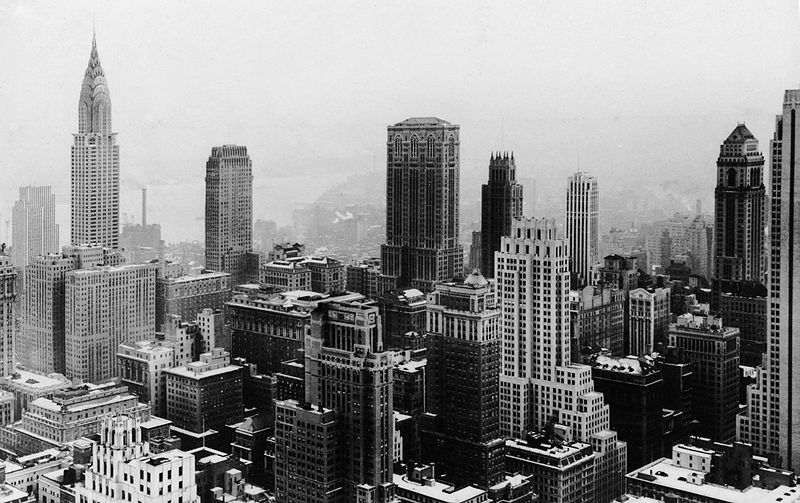Jul 02 2011
Posted by John Fernandes under June 30 Assignment
FDNY 1920s
As you will see in this video, there is a new fire system in the borough of Brooklyn, which was supposedly the best in the world. It was a complete state of the art Fire Telegraph system. With this system it took only six seconds for the firefighters to be informed about a fire. At that time this must have been considered as the most modern thing possible in the firefighting industry. There was tremendous pressure on the city fire officials to improve after the Triangle Shirtwaist Factory fire and there was a huge improvement over the next decade. In the 1920s, the fire department had the resources, what at that time they thought were the best in the world. Now when we look at the video, we may not think so and actually I did chuckle a time or two as well. But then I think about the fire fighters I seen in the “Gangs of New York” movie and quickly realize the progress this industry has made since.
Comments Off on FDNY 1920s













 1920s is the decade of the rise of consumer culture. New mass production techniques enabled American industrialists market goods that many white collar and working class families could afford. Installment buying made people more possible to acquire automobiles and refrigerators and other big home appliances. Advertising became the tool to create the demand American industries needed to sell mass quantities of goods. They claimed that washing machines, stoves, canned goods can help housewives easy from housework. Radio also played an important role in launching the consumer culture. It was the medium through which advertising worked its magic. For the first time in history, one person, one ad, or one product could reach every corner of the American landscape. It provided a form of entertainment and source of information. The radio became as necessary as food or shelter as its position moved from luxury to necessity. Motion pictures also attracted many people in the 1920s. During 1927 to 1929, weekly movie attendance reached an estimated 110 million people. (Chudacoff pg217, 6th Ed.) There were independently black-owned theaters served only for black audiences in New York. Movies presented scenes involving diverse city people, which helped to popularize urban culture.
1920s is the decade of the rise of consumer culture. New mass production techniques enabled American industrialists market goods that many white collar and working class families could afford. Installment buying made people more possible to acquire automobiles and refrigerators and other big home appliances. Advertising became the tool to create the demand American industries needed to sell mass quantities of goods. They claimed that washing machines, stoves, canned goods can help housewives easy from housework. Radio also played an important role in launching the consumer culture. It was the medium through which advertising worked its magic. For the first time in history, one person, one ad, or one product could reach every corner of the American landscape. It provided a form of entertainment and source of information. The radio became as necessary as food or shelter as its position moved from luxury to necessity. Motion pictures also attracted many people in the 1920s. During 1927 to 1929, weekly movie attendance reached an estimated 110 million people. (Chudacoff pg217, 6th Ed.) There were independently black-owned theaters served only for black audiences in New York. Movies presented scenes involving diverse city people, which helped to popularize urban culture.


 “One of the chief values of clothing is that it enables people to advertise themselves in a way that will win the attention and admiration of others. Many who lack any ability and could not hope to rise above the “average” on their own merit alone, find a satisfactory outlet for this desire for recognition through the medium of dress.” (Hurlock 1929:28-29) Elizabeth Hurlock described the importance of fashionable dress.
“One of the chief values of clothing is that it enables people to advertise themselves in a way that will win the attention and admiration of others. Many who lack any ability and could not hope to rise above the “average” on their own merit alone, find a satisfactory outlet for this desire for recognition through the medium of dress.” (Hurlock 1929:28-29) Elizabeth Hurlock described the importance of fashionable dress.
